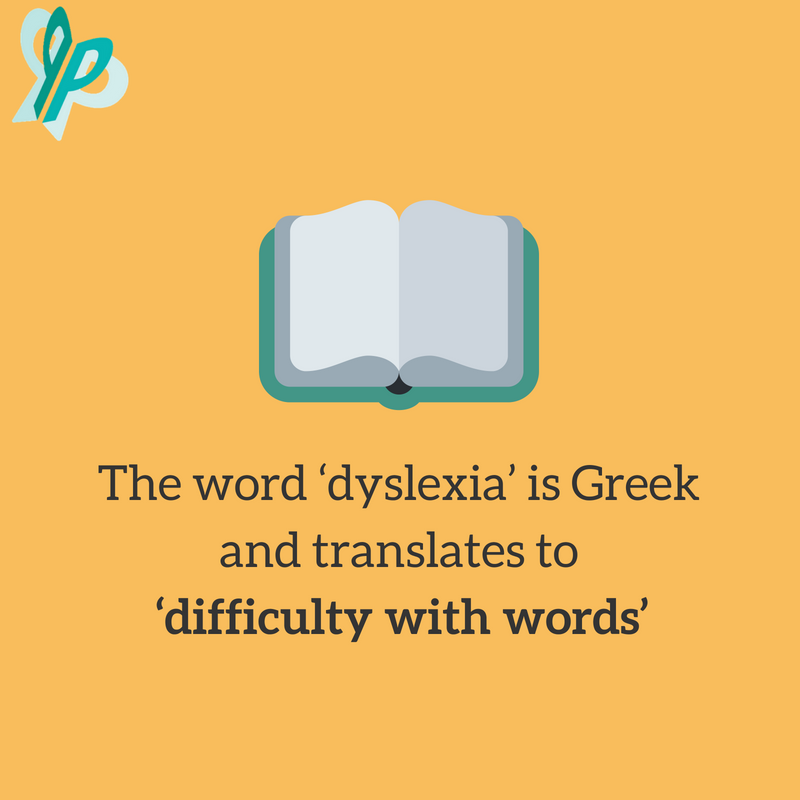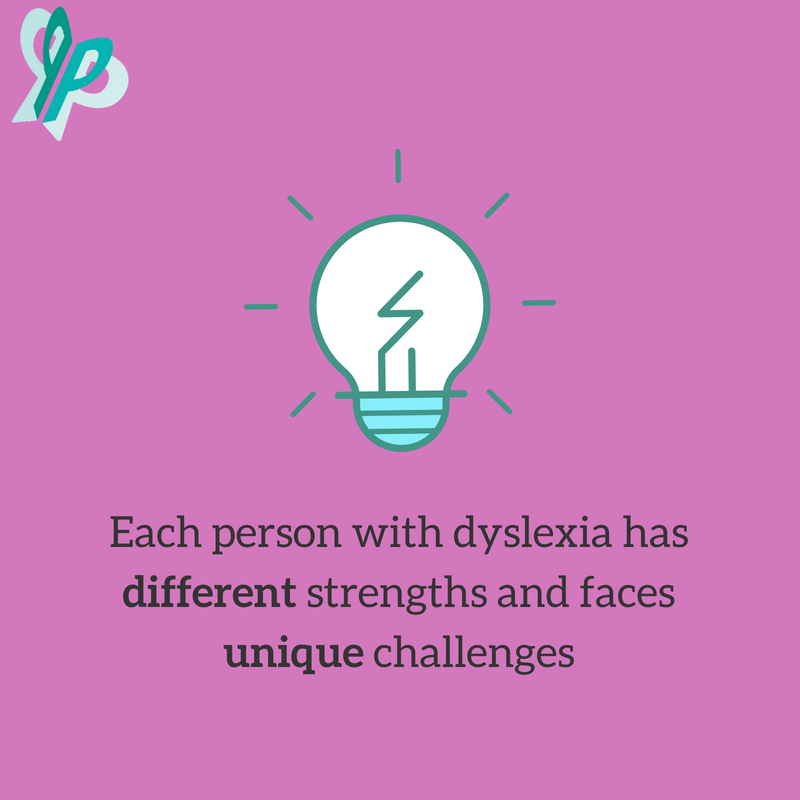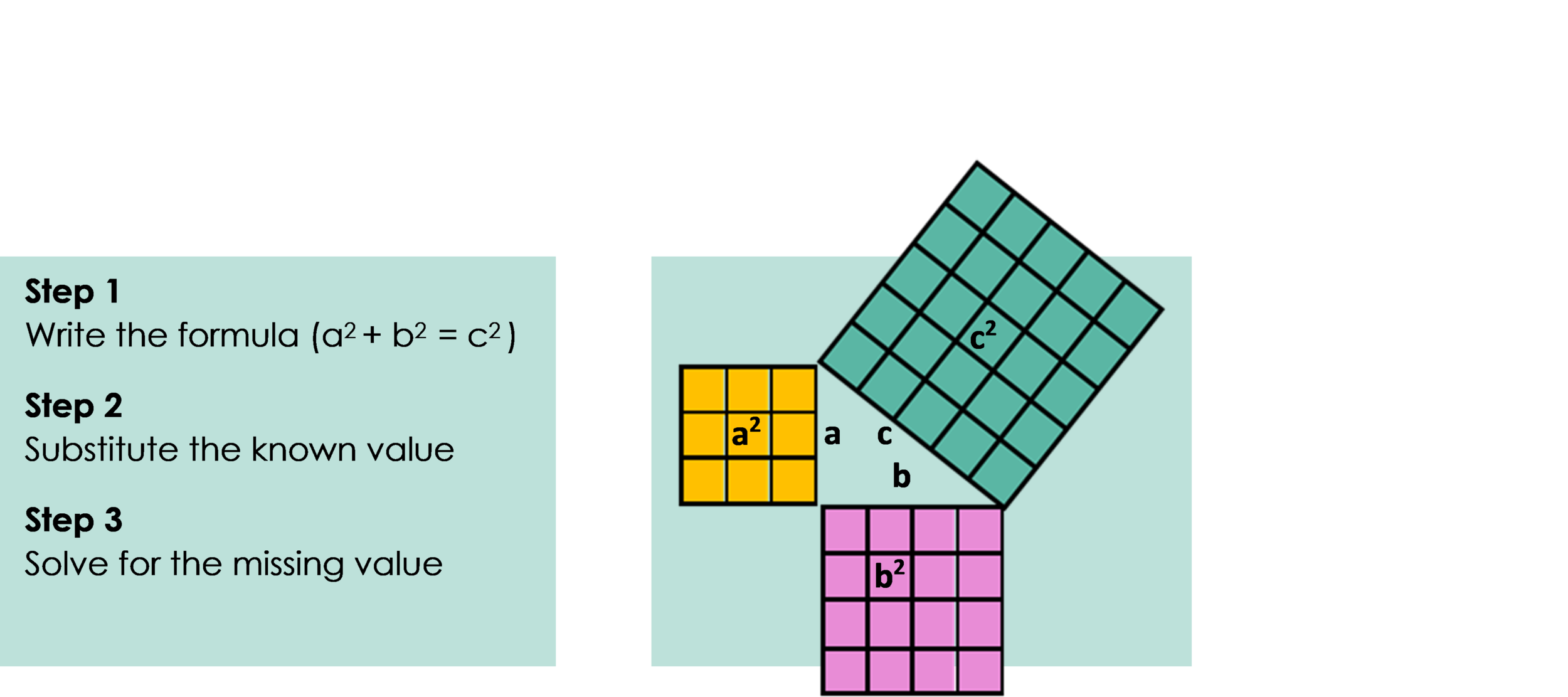Dyslexia - Let's Talk About It!
What is dyslexia?
Whilst many know dyslexia as the most common learning difference experienced by the population, there is still some confusion as to what dyslexia actually is. Beyond the ability to read and write, dyslexia is more specifically defined as the effect on how information is both processed and retrieved by the individual. So although weakness in literacy skills is often the most obvious sign of dyslexia, it’s important to know that there can be a wider range of challenges experienced by one person.
Learning with dyslexia
Dyslexia does not affect intelligence but instead how the brain processes information that is spoken or written as well as affecting short-term memory – so you can imagine how challenging it can be to both retain and regurgitate information during an exam or presentation.
So what helps? How do you have a chance at succeeding in your studies if it’s difficult to understand what your teacher is actually telling you. The answer is simple, find a solution that works for YOU!
Many students with dyslexia find creative and often artistic ways to study and absorb information. Instead of the traditional linear learning style where the logic applies step-by-step, students with dyslexia will find that it’s often easier to learn with images and visual cues than with words.
Let’s see an example of this in action! Whilst it’s (relatively) simple for some to learn about the Pythagoras Theorem by following the steps (left), others may find that the visual illustration of the theorem (right) has more of an impact on their understanding and retention. How cool?!
Image: Visual Learning Techniques for Pythagoras Theorem
Since every person with dyslexia is unique, it’d be difficult to devise a ‘one size fits all’ solution – so it takes a certain amount of effort from their side to experiment and find out what works best.





